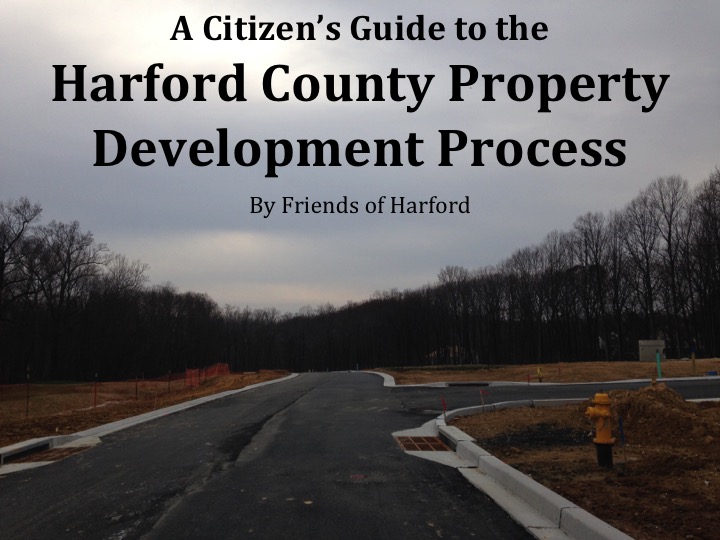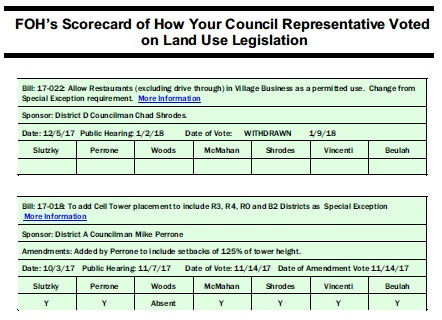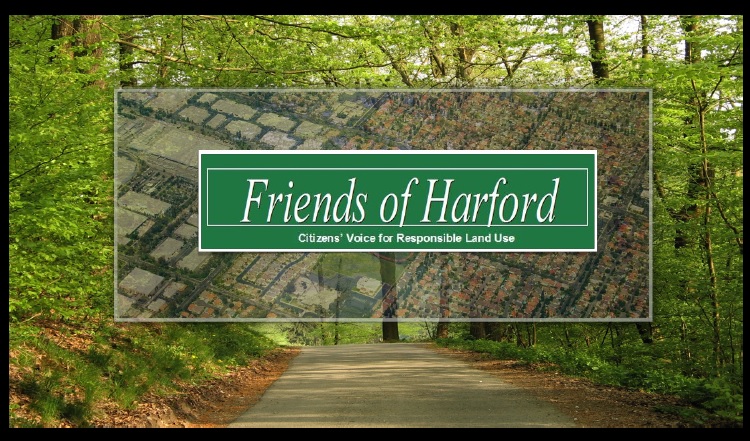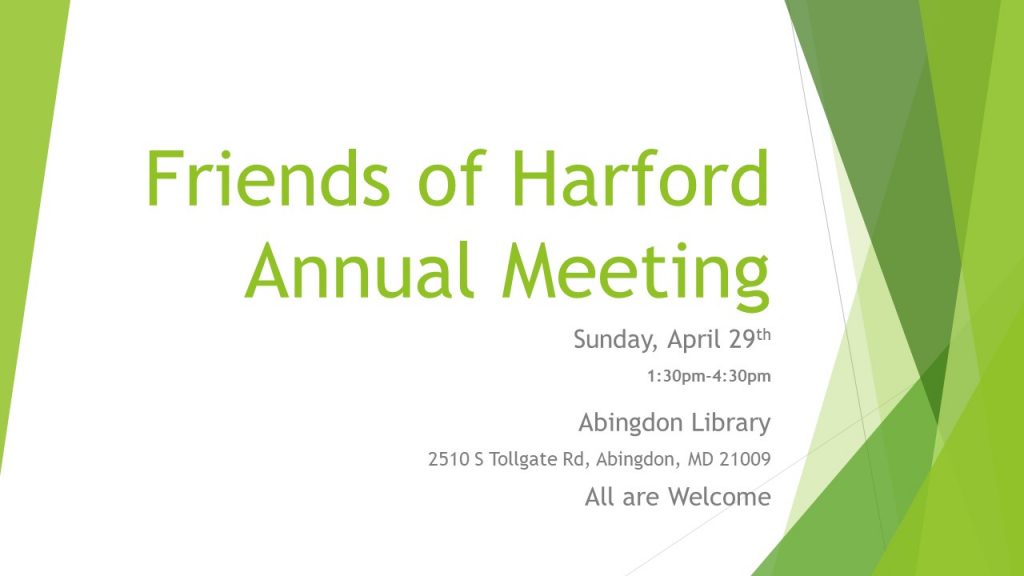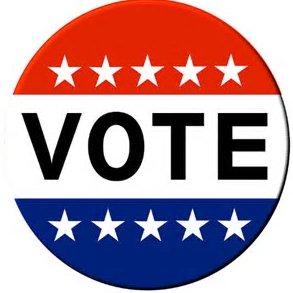The Fall, 2020 Harford County Water & Sewer Master Plan Update lists almost 6,000 houses, apartments, townhouses or commercial buildings coming to Harford County.
See image below.
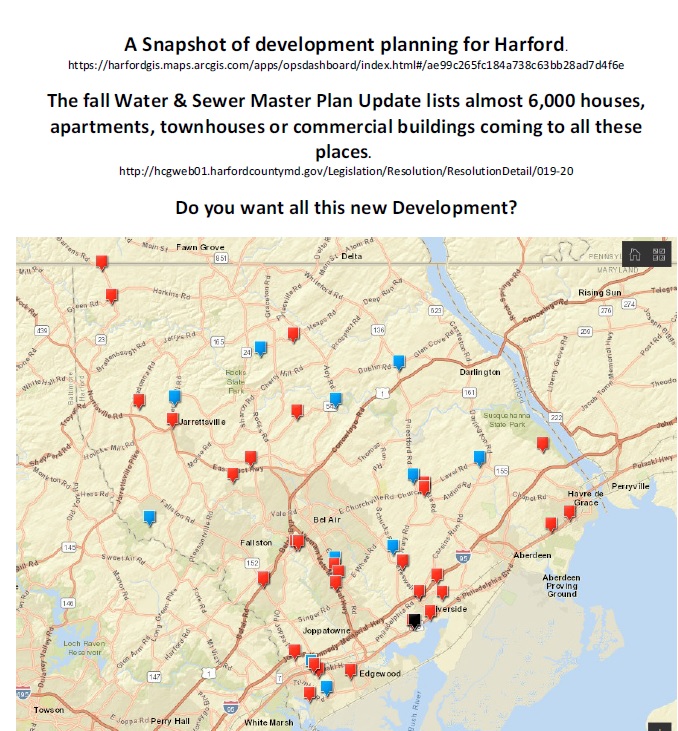
Red Icons = Development Advisory Committee (DAC) Meeting
Black Icons = Community Input Meeting (CIM)
Blue Icons = Zoning Board of Appeals
Click on link below to view interactive map on Harford County Government website: TRACK IT
https://harfordgis.maps.arcgis.com/apps/opsdashboard/index.html#/ae99c265fc184a738c63bb28ad7d4f6e
Harford County Water & Sewer Master Plan Update, Fall 2020
http://hcgweb01.harfordcountymd.gov/Legislation/Resolution/ResolutionDetail/019-20
Provide input. Tell local representatives about proposed developments in your area and impacts to your community.
Sign up for Friends of Harford Alerts to receive meeting notices and local land use issue news.
